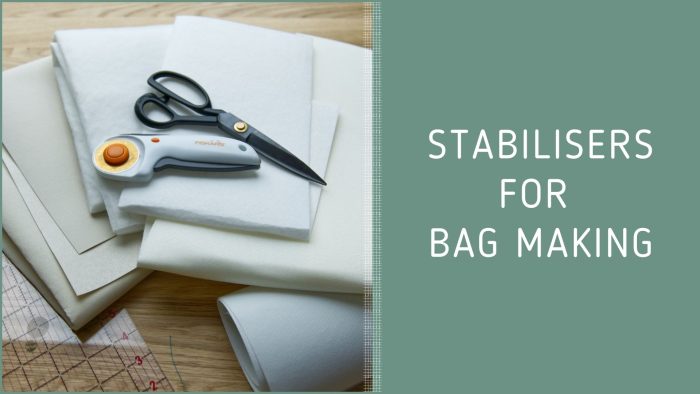
Bag making is an art that requires high-quality materials to produce a durable, attractive and functional result. For me, one of the most important aspects of bag making is stabilisers (or stabilizers if you’re in the US). They provide the bag with structure, shape, and stability. In this blog post I’ll discuss my favourite stabilisers, which types of bags I use them in, and why.
Stabilisers are different to interfacing. To find out more about interfacing for bag making, read our earlier blog post here. If you have a favourite type or brand that I’ve failed to mention, please leave a comment below and let us know what you love about it and where to source it.
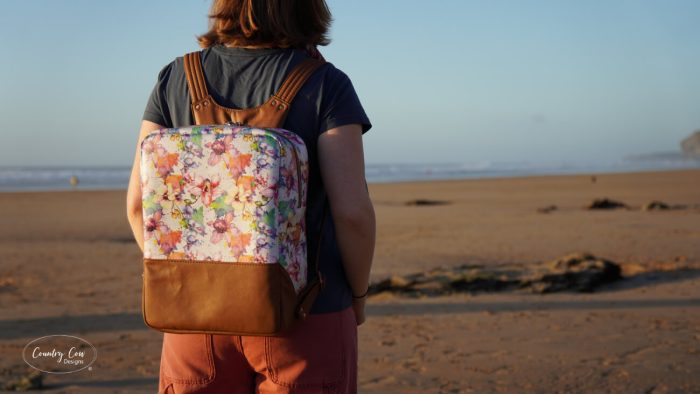
Stabilisers – Why use them in your bag making projects?
Your choice of stabiliser depends on the specific requirements of the bag you’re making, in terms of strength, flexibility, shape, and appearance. The best stabiliser for bag making is the one that meets the specific needs of the bag you’re making, and results in a high-quality, durable, and aesthetically pleasing finished bag. It’s not a case of one size fits all.
What are the biggest benefits to using stabilisers in your bag making projects?
- Add structure and support to give a more professional finish
- Ensures your bags are durable and look great for a long time
- Helps the bag hold weight without sagging
- Makes bags more usable as they keep their shape when in use

What are the main types of stabilisers?
Stabilisers enhance your handmade projects by providing stability, stiffness, or shape retention. There are various types of stabilizers available in the market, each with its unique features and applications. I’ll try to sum up the main types and what I love about each:
Fleece
You can find fusible and sew-in versions of fleece. Fleece is best when you want to add softness and volume to a project but don’t need a lot of stability. I find it most useful for pouches and small or slouchy bags where structure isn’t required. Fleece is available in different weights and thicknesses, depending on the desired outcome. For example, we stock H640 medium loft fusible fleece, but we also stock TP970 high loft sew-in fleece. High loft means it’s thicker and more stable than the medium.
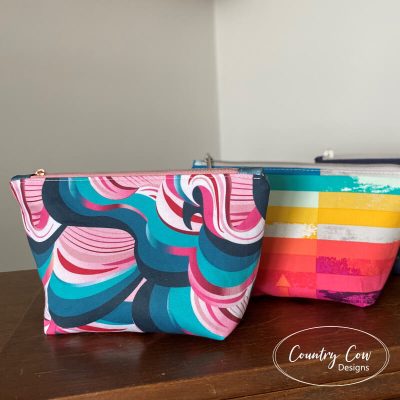
Foam
Fusible and sew-in versions are available. Foam gives a more 3D structure than fleece. It provides good shape retention and a soft, cushioning effect. It’s great for giving structure to bags made with quilting cotton. I like to use it for handbags and crossbody bags. It’s also useful if you have a panel that you’re quilting as it adds depth to your quilting pattern. For foam stabiliser, we prefer Style-Vil sew-in foam.
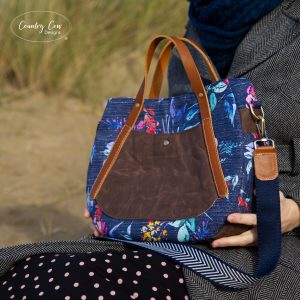
Leather-like
Decovil Light is the most common stabiliser that you’ll find in this category. Although there are some new rival products, we’re yet to try one that is just as good. This type of stabiliser adds structure to the bag without making it too rigid. It doesn’t give the soft cushiony finish of foam, but it gives a similar amount of structure and is great to use with thicker fabrics such as vinyl.
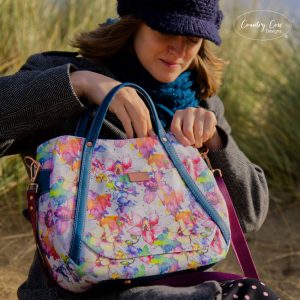
Ultra-firm
These stabilisers provide maximum support and shape retention. They’re usually a bit like dense cardboard. They’re non-woven stabilisers that are ideal for use in bags that require significant support and shape retention. We use them for large tote bags, the back panel of backpacks, the main support in wallets, and the base panel of crossbody bags and handbags. The extra firm nature of these stabilisers prevents the base of a bag from sagging when it’s full. For ultra-firm stabilisers, we stock 71F Peltex fusible stabiliser, and also S133 ULTRA ULTRA firm fusible stabiliser, which is so stiff and sturdy that I would definitely only recommend using it for bag bases.
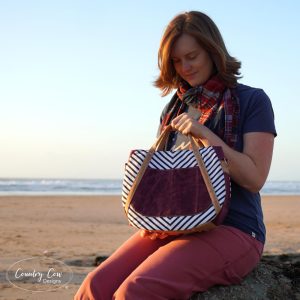
Which brands and products?
Below is a list of some stabilisers I use or have been recommended to me. Check your local crafting shop or search online to see which are available to buy in your area. The links take you to the manufacturer’s website for more information about that specific product, but most are not available to purchase there.
Is quality important? Yes! Bad quality stabilisers may look good when the bag is initially finished, but don’t hold up with use. Before you buy loads of any type of stabiliser, try it out on a test project and see if you like it.
Fleece (also known as batting)
- Vlieseline H640 (medium loft fusible)
- 971F Thermolam (compressed sew-in) – denser and gives better structure than most fleece stabilisers
- 970 Thermloam (sew-in version of 971F)
- Pellon 987F (medium loft fusible)
- Legacy 987F (medium loft fusible)
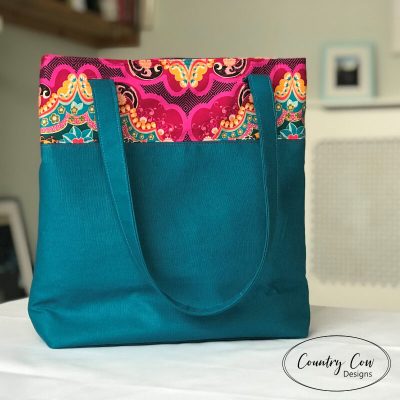
Foam
- Vlieseline Style-Vil (sew-in)
- Vlieseline Style-Vil Fix (fusible)
- Pellon FF77 Flex-Foam (sew-in or fusible available)
- Legacy FF77 Flex Foam (sew-in or fusible available)
- By Annie’s Soft & Stable (sew-in)
- Bosal-in-R-form (available in fusible or sew-in)
- Serial BagMakers Bouncyfirm 160 (fusible) – not a foam but is recommended by many as a great alternative

Leather-like
- Decovil I Light (fusible)
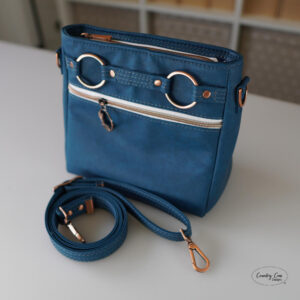
Ultra-firm
- Peltex 71F (fusible)
- Peltex 70 (sew-in)
- Legacy Fuse-n-Shape (same as Peltex 71F)
- Timtex (sew-in) – I’ve not tried this but it’s been recommended as an alternative to Peltex 70
- Decovil I heavy (fusible heavy leather-like) – less rigid but still great for bag bases
- S133 ULTRA ULTRA Firm – bag bases only
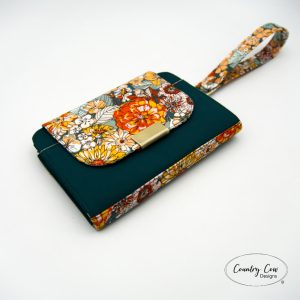
Where you live will dictate which products are easily available to you. For example, Pellon products tend to be easily available in North America, Vlieseline (Vilene) products tend to be more widely available in Europe and Legacy products seem to be more common in Australasia. Some countries have all the brands available, but some will be more expensive than others because the brand is based on a different continent. You may also notice that Pellon and Legacy products have the same names and codes. It would appear that Legacy is the brand name used for Pellon products outside of North America. There’s also loads of unbranded interfacing available on Ebay and Amazon.
When buying stabiliser, make sure you check the width! The width varies a lot so bear this in mind when comparing the price per metre as some will be double the width of others.

Fusible or Non-Fusible?
Fusible is my preferred option for fleece and leather-like stabilisers. Fleece in particular isn’t super structured and the fabric can end up pulling away from it if it’s not fused. However, your fabric definitely needs to be interfaced before you fuse the fleece to it. Without interfacing, you’ll find the fusible fleece will cause the fabric to wrinkle.
For foam and ultra-firm stabilisers, I’m happy to use fusible or non-fusible. In many of our sewing patterns that contain binding, we slip the stabiliser between the layers of the bag before it’s assembled in the final step. This method allows you to use fabrics such as waxed canvas and vinyls without having to fuse the stabiliser to them.

Summary
There’s a wide variety of stabilisers you can use in your bag making projects. Everyone has different opinions on the best products to use and these will also depend on the type of fabrics you’re working with. Ultimately, the best thing you can do is source samples of different types and give them all a go. You’ll discover your favourites for each fabric that you work with. I hope you’ve found this post helpful. If you haven’t already, check out my interfacing blog post here.
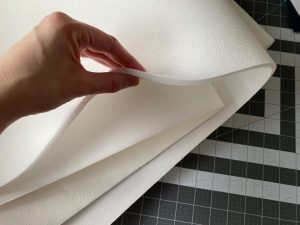
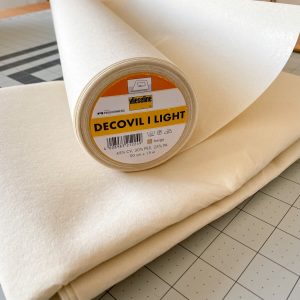
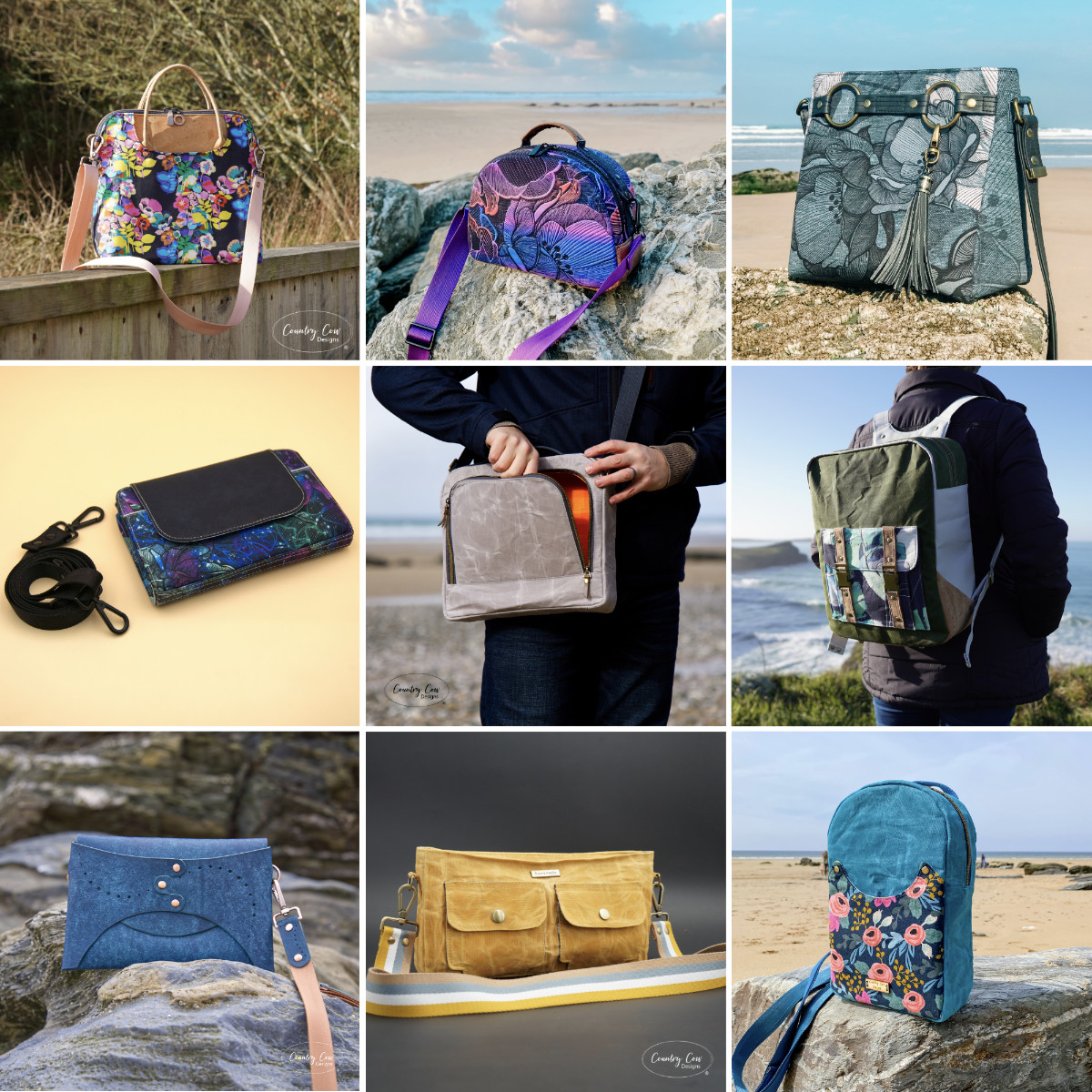
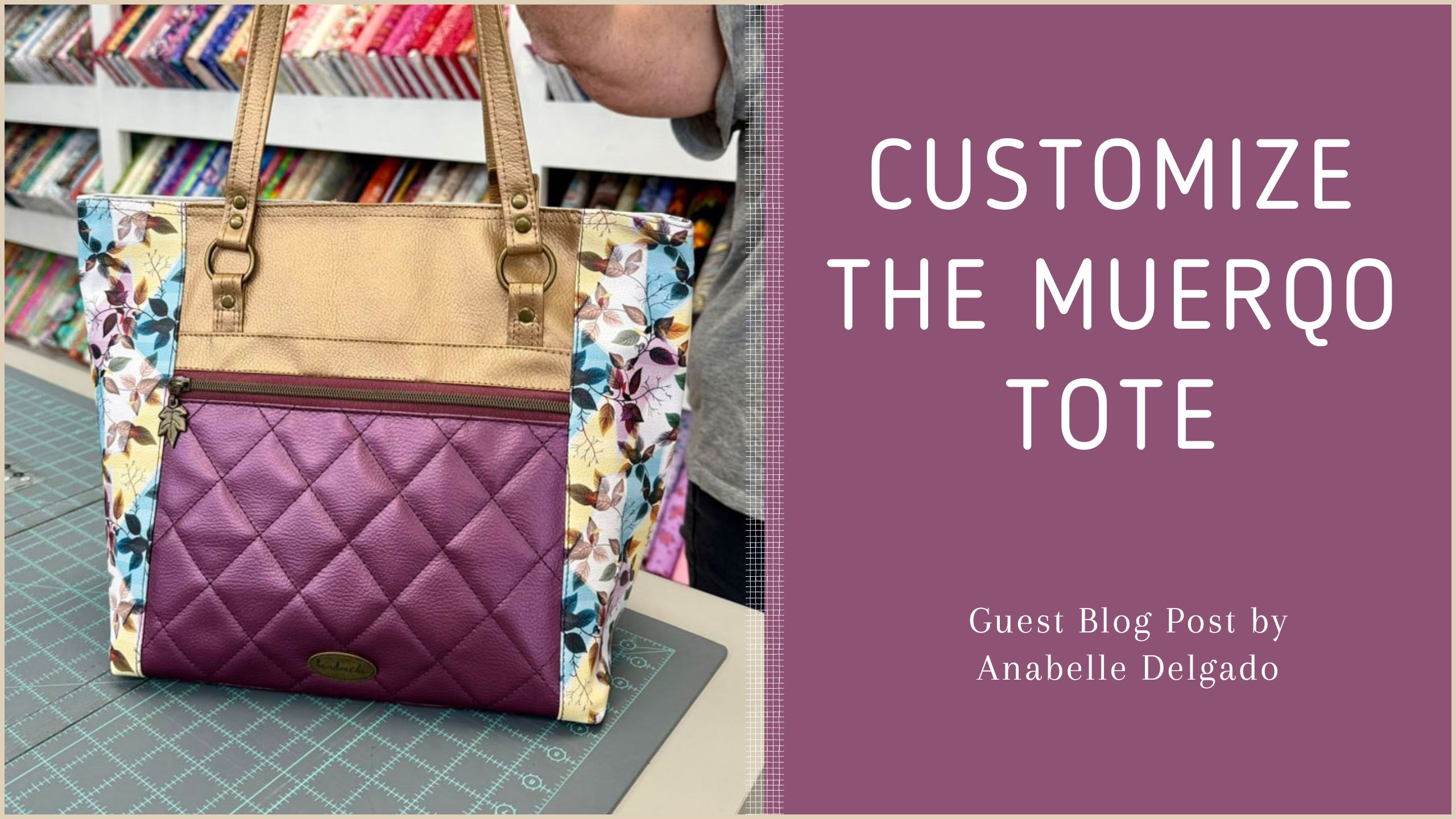
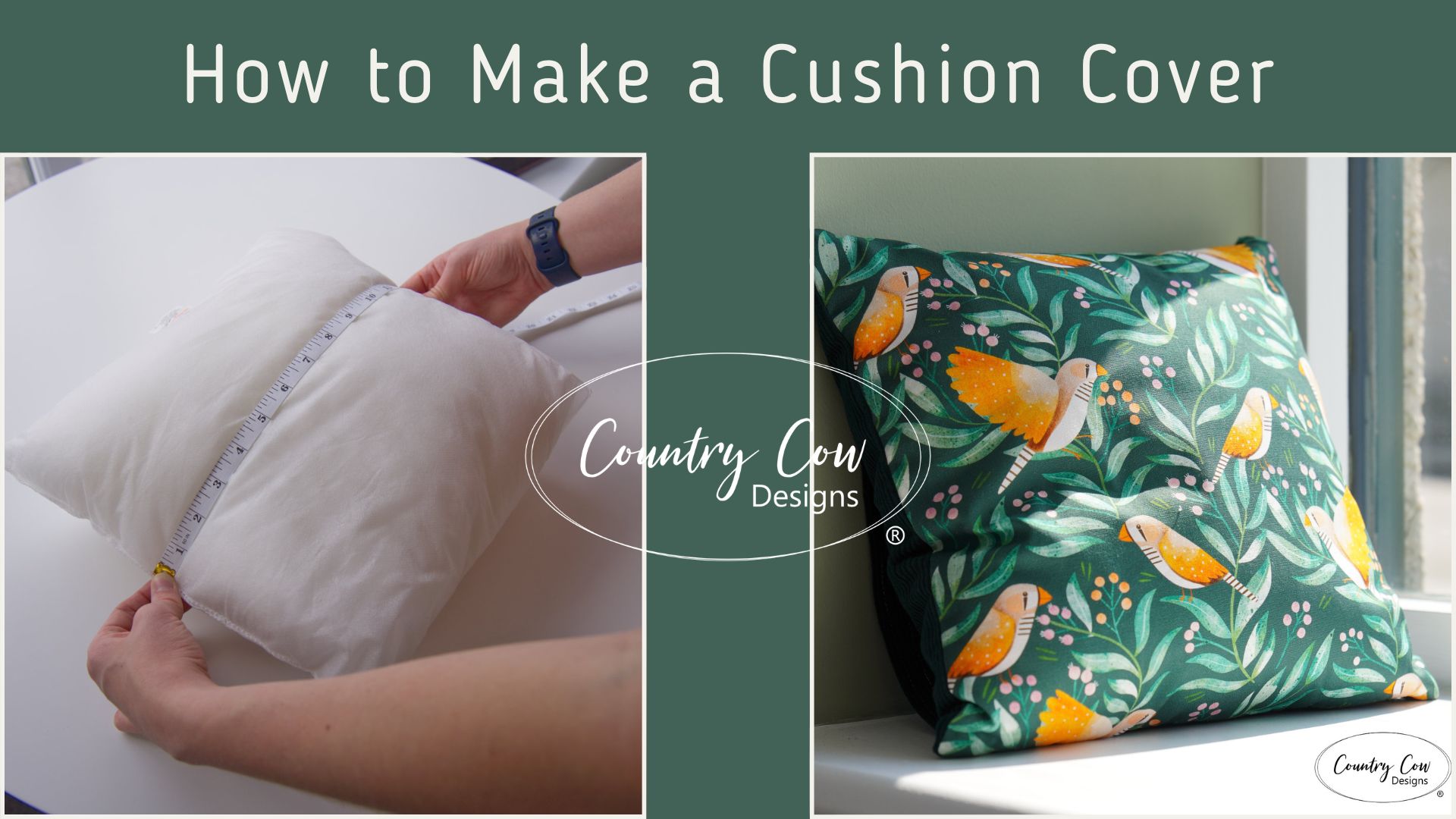
Thank you for the great information!
Very interesting and great references! Thank you.
Yes thank you. It was very helpful.
I always struggle with names of stabilizers, when I am shopping for supplies.
Thanks Jo. I have been looking for more rigid stabiliser for the gusset base on a laptop bag. I’ve ordered a Pellon Peltex single sided fusible stiff interfacing to try 🫣🤞🤞
You’ll love it. It’s perfect for bases 😁
Thanks for this article!
If you’ve never tried it I highly recommend « Easy Foam » (light or normal) from SerialBagMakers, I love it!
It keeps its shape, it’s super easy to apply and doesn’t wrinkle or have pockets of air under it after a while either, it’s thin enough that it wouldn’t bother you when sewing while still being rather firm, it’s really good.
A lot if great information! Thank you!
Great information that is very helpful, especially to new bagmakers like myself. I love your video’s too. Many thanks.
Excellent information. I’m new to bag making and found it’s a minefield finding the correct stabilisers. I have to buy online as there’s no shop that has any variety other than foam in my area. I’ve used foam successfully but having bought other things to try and have made some big mistakes. I used one which is really firm for a bag that is fairly rigid. It was like a board really, no idea of its name, and I found I couldn’t turn the bag right side out because is was too rigid. Unfortunately I have no idea what it’s called so I just hope I don’t buy it by mistake again. This article has been really helpful so I hope to get my act together with stabilisers now. Thank you for taking the time to explain, it’s very much appreciated.